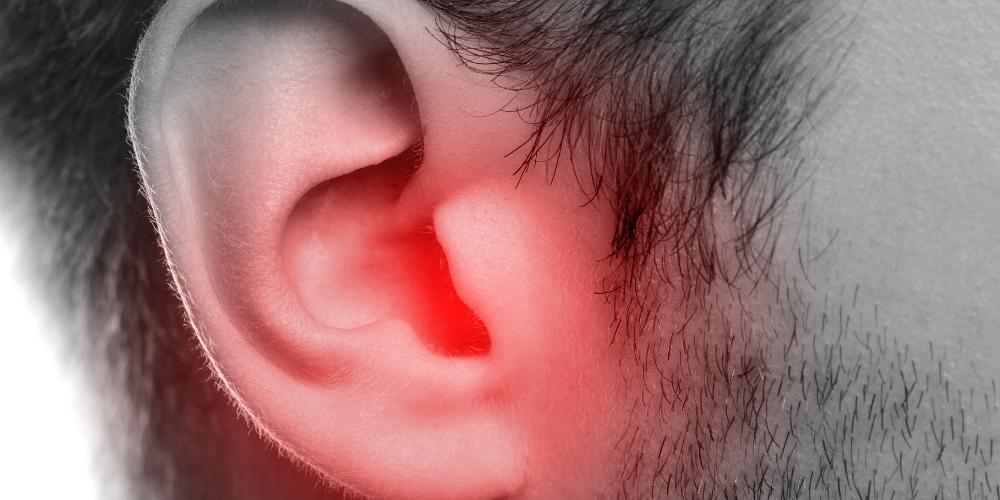The eardrum can perforate for various reasons. Symptoms such as sudden and sharp pain in the ear, ringing and buzzing, hearing loss, discharge and dizziness indicate a perforated eardrum. Today, the perforated eardrum can be effectively treated with a method called tympanoplasty.

What is Tympanoplasty?
Tympanoplasty, also called eardrum repair surgery, is the process of repairing the hearing system in the eardrum and middle ear. It is aimed to close the hole in the eardrum in patients with chronic otitis media, to eliminate the damage to the ear bones, and to treat chronic disease in the middle ear. Depending on the problem in the ear, 4 different tympanoplasty procedures can be performed:
- Myringoplasty: The hole in the eardrum is repaired.
- Ossiculoplasty: There is no problem with the eardrum. Damage to the ear ossicles is repaired to improve hearing.
- Mastoidectomy: The cells in the bone at the back of the ear, called mastoid cells, are removed.
- Tympanomastoidectomy: The above three procedures are performed together.
How is tympanoplasty performed?
The patient is given a hearing test and a tomography scan to gather information about the hearing and bone structure in the ear. The operation is usually performed through an incision behind the ear. If the diseased tissues are inside the ear, a mastoidectomy, which is an intra-ear cleaning procedure, is performed first. To repair the hole in the eardrum, the muscles and cartilage tissues around the ear are utilized.
Tympanoplasty is performed under general anesthesia and can take between 1 and 3 hours, depending on the size of the procedure.
Things to Consider After Tympanoplasty
Patients do not experience intense pain after tympanoplasty. In the case of mild pain, painkillers are effective. Antibiotic treatment may be required if necessary. It is also important to keep the ear away from water for about 1 month. The main points to be considered after the surgery are as follows:
- It may be inconvenient to travel by plane in the first 1 month,
- Closing the mouth when sneezing can cause the eardrum to perforate again,
- You need to protect the ear from impact,
- It is recommended to raise the pillow slightly to balance the blood pressure in the middle ear and behind the ear and to reduce edema,
- Constipation should be prevented by consuming fiber foods and plenty of water,
- Heavy exercises should be avoided.
Tympanoplasty procedures performed in cases such as otitis media or perforation of the eardrum have a high success rate. Hearing loss is largely eliminated in the majority of patients.
 Language
Language
 Turkish
Turkish
Recent Comments